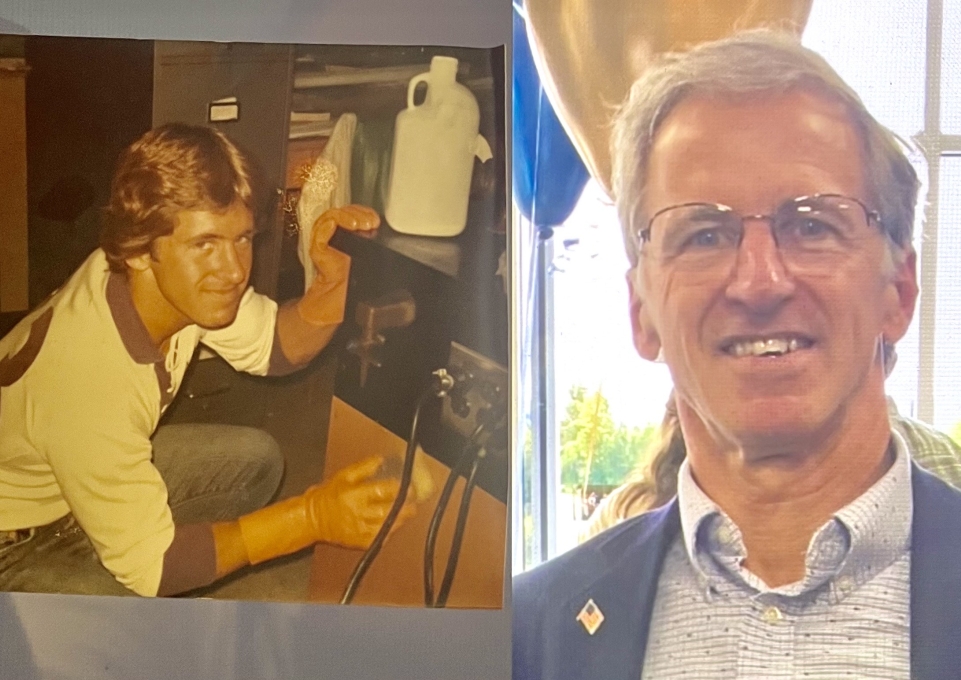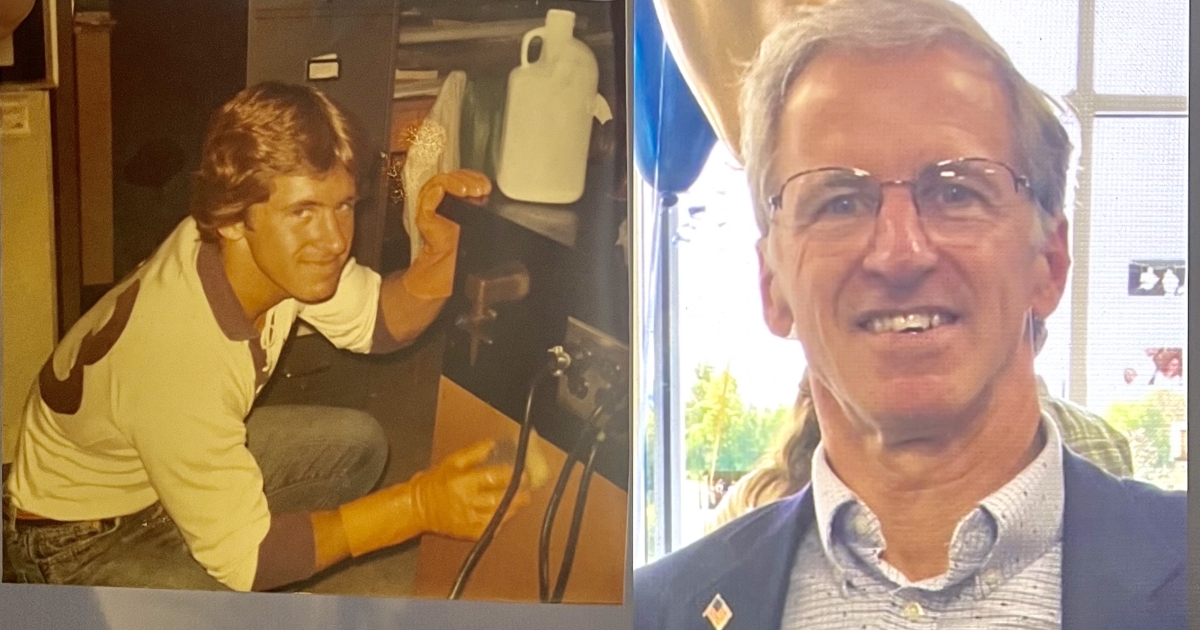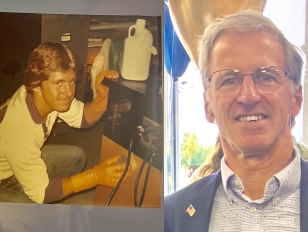
Faculty mentorship and hands-on learning at Buffalo State University helped shape David Charnock's (’80) career. His biology degree with minor in chemistry paved the way to medical school; after serving as a surgeon in the military, he worked in surgical practice in Vermont and enjoyed an academic appointment as an associate clinical professor at the University of Vermont. Today, Charnock is an assistant professor at Dartmouth Geisel School of Medicine, works part-time in Vermont Veterans’ Medical Center’s Otolaryngology/Head & Neck Surgery Department, and keeps in touch with former Buffalo State mentors.
Charnock gave us a few minutes of his time to talk about how Buffalo State set him on the path to success.
What drew you to Buffalo State?
My grandfathers were both born in the late 1880s; one left school in sixth grade and one in eighth grade, and they both worked and raised families in South Buffalo. My dad left high school as a junior and joined the World War II effort. I love to learn and held three jobs during high school; I would study while I was washing dishes. As a first generation college student, I didn’t have a lot of knowledge of where to go or even apply. I talked to my peers, and people recommended Buffalo State. With no prior campus visits, I arrived at Buff State for the first time during orientation and thought, “This is so great; this is so cool!”
How did applied learning opportunities shape your experience?
I had to become financially independent at age 19; I was on food stamps for a while and held a few jobs in addition to work study. One of my work study jobs was cleaning up the biology labs. I’d clean the saltwater fish tanks; in the animal lab, I’d take care of rats, hamsters…you name it. In class and through independent studies, there was hands-on research where I could use scientific knowledge in a real way—conduct experiments where I got to analyze data. By the time I was gearing up to take my MCATs, I was doing microscopic surgical procedures on hamsters for research in the campus science building. I couldn’t give them any drugs yet; I had to keep it pain-free. That was right at Buff State.
Tell us about your relationships with Buffalo State faculty and staff members.
In Introduction to Biology, I met professor Dr. Hadar Isseroff. The other kids probably didn’t like me because I was disrupting the grade curve—Dr. Isseroff saw that, and as he got to know me and I took more classes, he invited me into his research lab—as an undergrad, I was able to work alongside grad students. Dr. Isseroff was probably the biggest influence, but there were plenty of others. During my work study, professors would see me cleaning and start chatting. I also worked with professors through independent studies, and my sports’ coaches—mentors outside the academic world—offered life lessons about team approach.
How did these relationships impact you?
I published some research with Dr. Isseroff and others, so, at age 21, I was invited to an international science meeting in Toronto where our paper was presented. I was like, “Wow”—I had no idea that kind thing even existed! During one of my higher-level biology classes, Dr. Isseroff took us all in a van and drove to SUNY Stonybrook to dredge the Long Island sound on a research vessel. We stopped to visit his parents; they made us lunch and cookies. [Later], he and other professors helped me apply to medical schools. It was very daunting for a kid like me, when nobody [in my family] had even gone to college. You look back and go, “Who influenced my life and the path that I took?” Dr. Isseroff was one of those people. The guy really cared.
How do these experiences affect how you interact with students?
I want to make it personal. That’s what I try to do. It’s important to help them learn, but you also learn from them.
What advice do you have for today’s Buffalo State students?
Don’t be afraid to reach out to professors or staff—they really do want to help. They have knowledge that you don’t know you don’t have. It’s helpful to broaden your perspective. Buffalo State—like my active duty military time—was transformative and gave me a wonderful springboard of opportunity. As a student, you have to have insight into your own motivation and discipline. If you do, you can propel into anything you want to do.
Pictured: David Charnock as a Buffalo State student; David Charnock today.



